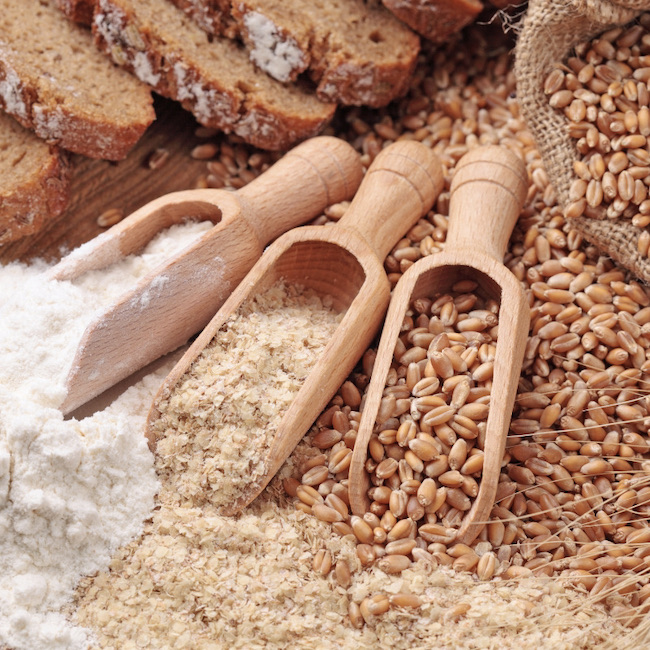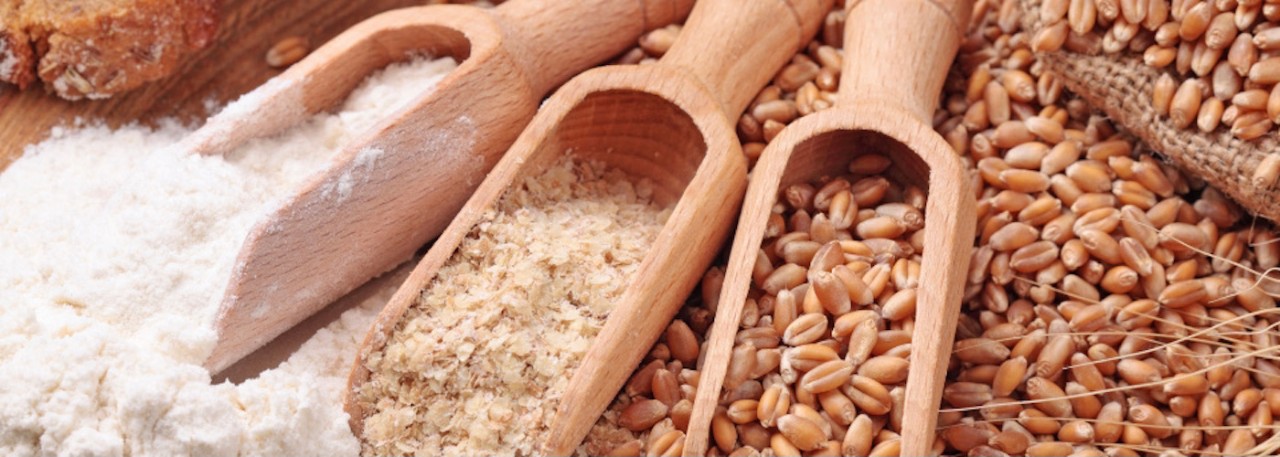.png.transform/rendition-xs/image_image%20(1).png)
Creating New Tastes: Miraculin and Tritordeum
Miraculin causes sour and acidic foods to taste sweet while Tritordeum is a healthy and digestive barley-like cereal with the versatitly of wheat
The Baïa Food team discovered the Synsepalum dulcificum plant in Ghana back in 2013 and identified the “untapped potential” of its antioxidant-packed fruits, dubbed miracle berries, as a natural sugar-reduction strategy. The Spanish food-tech start-up is focusing on Miraculin, the bioactive glycoprotein found in the berry pulp, which causes sour and acidic foods subsequently consumed to taste sweet. Miracle berries provide a natural solution to help consumers reduce their intake of sugar and artificial sweeteners which can help people with sugar related dietary restrictions. Recently, the European Food Safety Authority (EFSA) has published a scientific opinion concluding that the dried miracle berry (DMB) is safe for use in food supplements at the maximum intake level of 0.7 g per day for adults, excluding pregnant and lactating women. This is a fantastic example of how there are ingredients and plants in the world that we still don’t know or use yet, and have great potential to change the way we eat, with the help of technology.

Another Spanish creation is Tritordeum, a combination of durum wheat and wild barley, developed by researchers looking to create a healthy and digestible barley-like cereal, but with the taste and versatility of wheat. As described by themselves, “Tritordeum offers an unforgettable sensory experience that you want to repeat.” In addition to tasting great, this cereal is more sustainable by nature as it is a robust crop that faces climate change and has a reduced environmental footprint. It can be used for a variety of products such as bread, biscuits, cake, beer, and more that will benefit from a sweet and smooth taste with notes of nuts.

